利用新几内亚北部海岸近3年的系泊测量数据以及1980年地球模拟器海洋总体环流模型的输出,调查了新几内亚沿海海流(NGCC)和新几内亚沿海暗流(NGCUC)的季节和年际变化。 –2018年。安装在两个系泊上的声学多普勒潮流剖面仪捕获了2015-2018年新几内亚沿岸800 m处洋流的变化。NGCC是上部100 m的季节性逆流,在北半球冬季向东南流,在地表附近的最大速度为63 cm / s,在北半球夏季向北流,在80 m处的最大速度为-55 cm / s。NGCUC全年在100至400 m之间向西北流动,其时间平均速度在200 m处达到−40 cm / s。在NGCUC下方检测到速度为10 cm / s的季节性逆流,称为新几内亚沿海中间流,在季节时间尺度上与NGCC同相。NGCUC的季节变化也与NGCC的季节变化相一致,夏季的北方季节强烈,冬季的季节弱。这样的季节性信号可以到达800 m的深度。系泊测量和模型输出均表明,NGCUC表现出与厄尔尼诺-南方涛动(ENSO)有关的年际变化,其速度核心在厄尔尼诺现象期间呈浅沙型,在拉尼娜时期则加深,但NGCUC的净输运量与ENSO没有显着关系。NGCUC的季节变化也与NGCC的季节变化相一致,夏季的北方季节强烈,冬季的季节弱。这样的季节性信号可以到达800 m的深度。系泊测量和模型输出均表明,NGCUC表现出与厄尔尼诺-南方涛动(ENSO)有关的年际变化年际变化和季节变化,其速度核心在厄尔尼诺现象期间呈浅沙型,在拉尼娜时期则加深,但NGCUC的净输运量与ENSO没有显着关系。NGCUC的季节变化也与NGCC的季节变化相一致,夏季的北方季节强烈,冬季的季节弱。这样的季节性信号可以到达800 m的深度。系泊测量和模型输出均表明年际变化和季节变化,NGCUC表现出与厄尔尼诺-南方涛动(ENSO)有关的年际变化,其速度核心在厄尔尼诺现象期间呈浅沙型,在拉尼娜时期则加深,但NGCUC的净输运量与ENSO没有显着关系。
"点击查看英文标题和摘要"
Seasonal and Interannual Variability of the Currents off the New Guinea Coast From Mooring Measurements
Seasonal and interannual variability of the New Guinea Coastal Current (NGCC) and New Guinea Coastal Undercurrent (NGCUC) were investigated with 3years of mooring measurements off the northern coast of New Guinea and outputs from the Ocean General Circulation Model for the Earth Simulator during 1980–2018。 Acoustic Doppler Current Profilers mounted on the two moorings captured variations of the currents in the upper 800m off the New Guinea coast during 2015–2018。 NGCC is a seasonally reversing current in the upper 100m, which flows southeastward in boreal winter with maximum velocity of 63cm/s near the surface, and flows northwestward in boreal summer with maximum velocity of −55cm/s at 80m。
NGCUC flows northwestward all year round between 100 and 400m, and its temporal mean velocity reaches −40cm/s at 200m。 A seasonally reversing current named New Guinea Coastal Intermediate Current with speed of 10cm/s is detected below the NGCUC, which is in phase with the NGCC on seasonal time scale。 Seasonal variation of the NGCUC is also in phase with that of the NGCC, and it is strong in boreal summer and weak in winter。 Such seasonal signal reaches down to the depth of 800m。 Both mooring measurements and model outputs indicate that NGCUC demonstrates significant interannual variations associated with El Nino‐Southern Oscillation (ENSO), with its velocity core shoaling during El Nino and deepening during La Nina, but the net transport of NGCUC exhibits no significant relationship with ENSO。

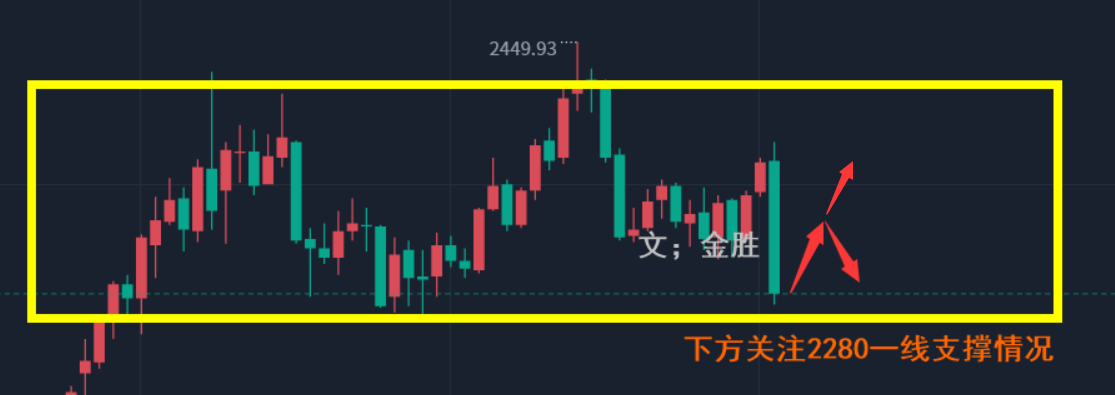
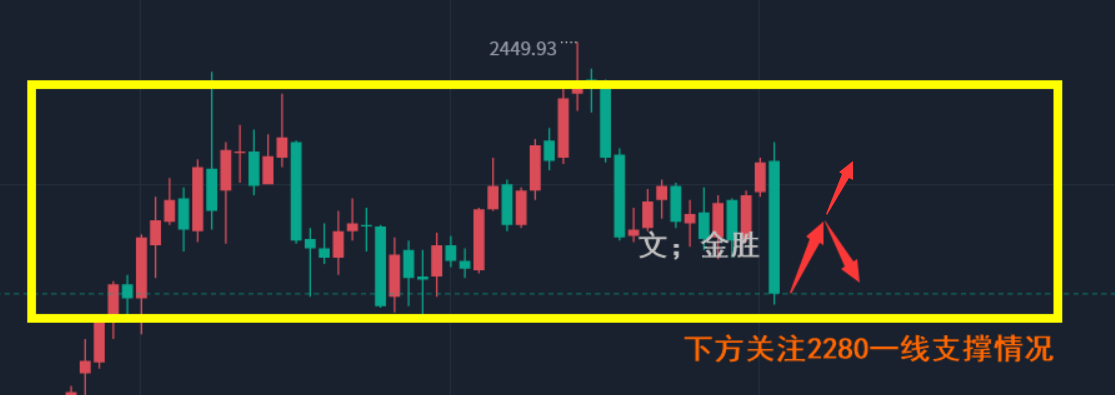
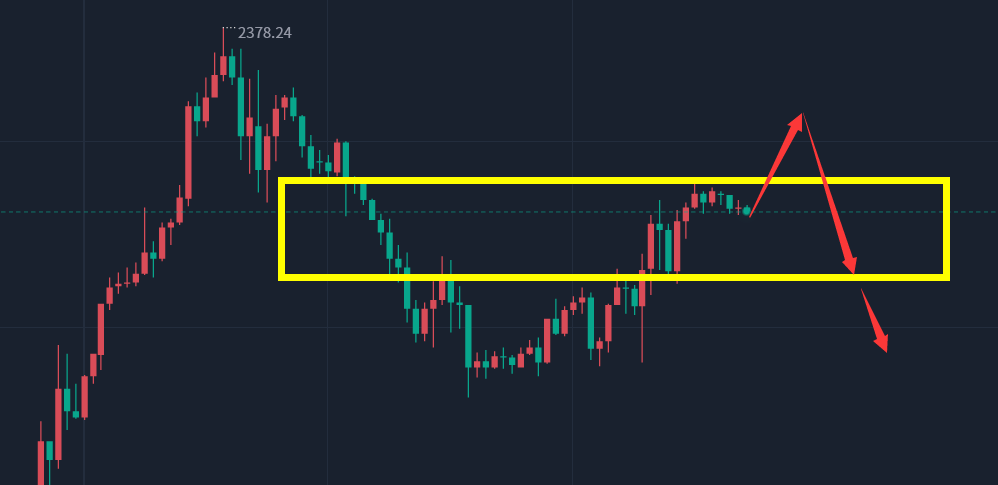
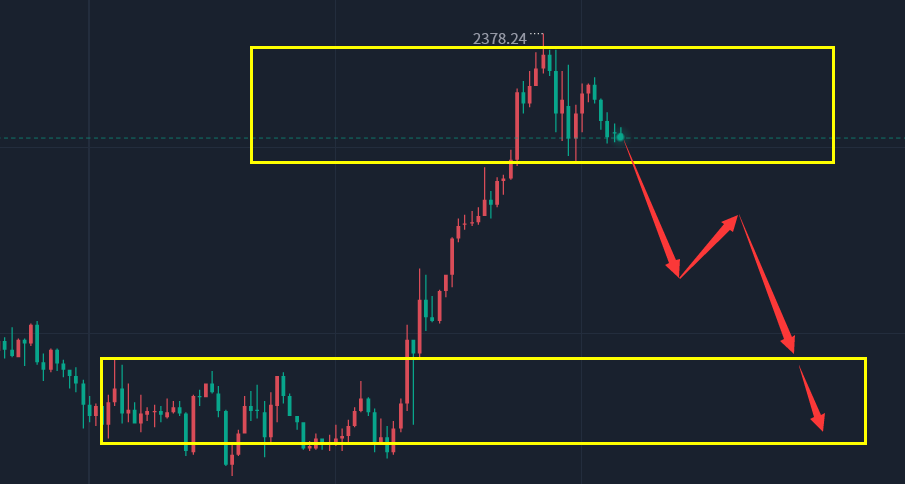
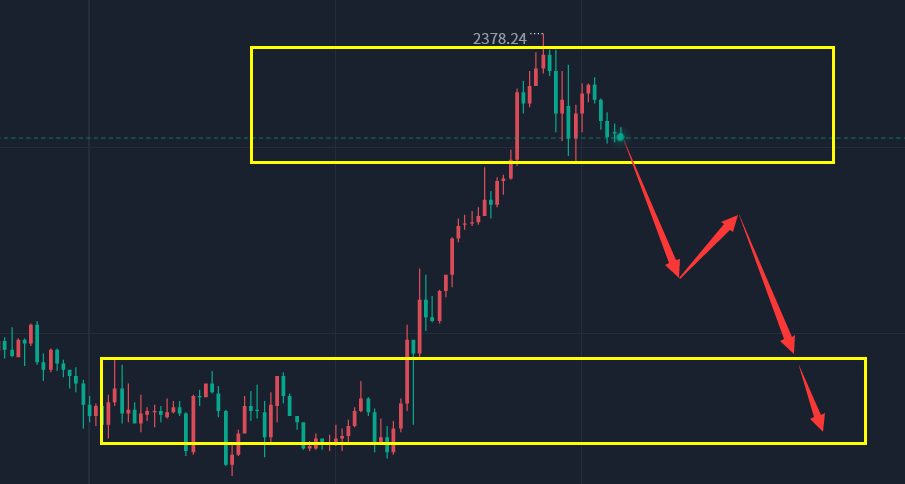
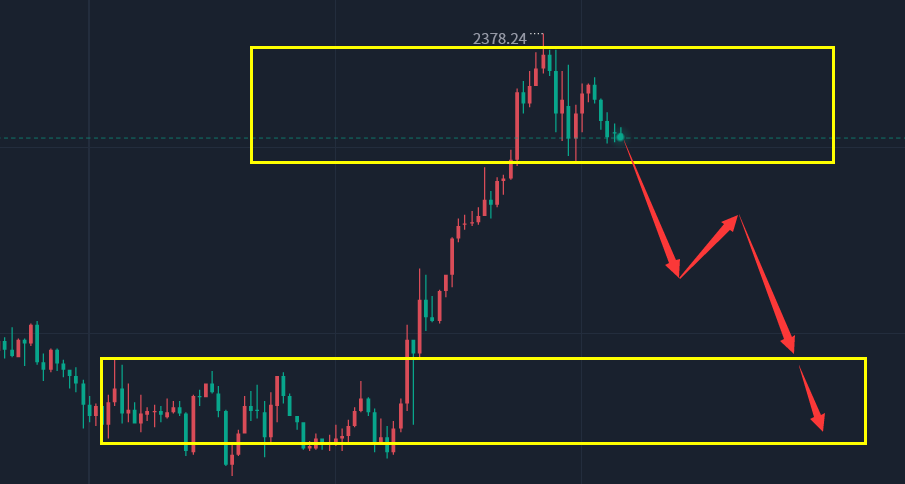
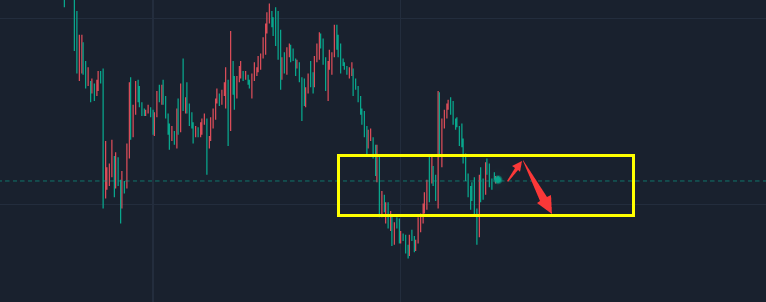
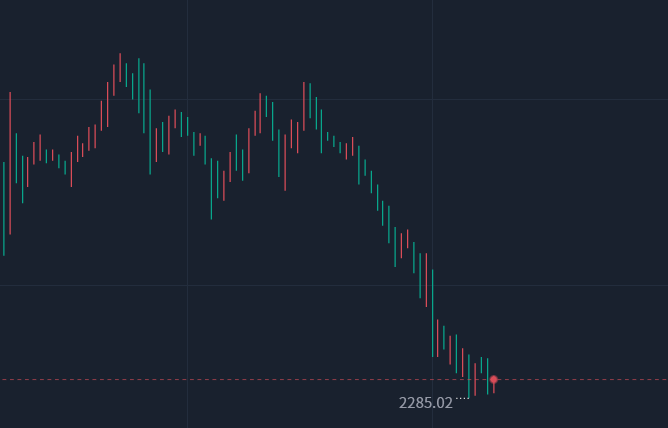

发表评论